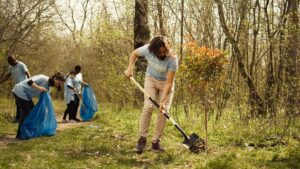Travel Blogs
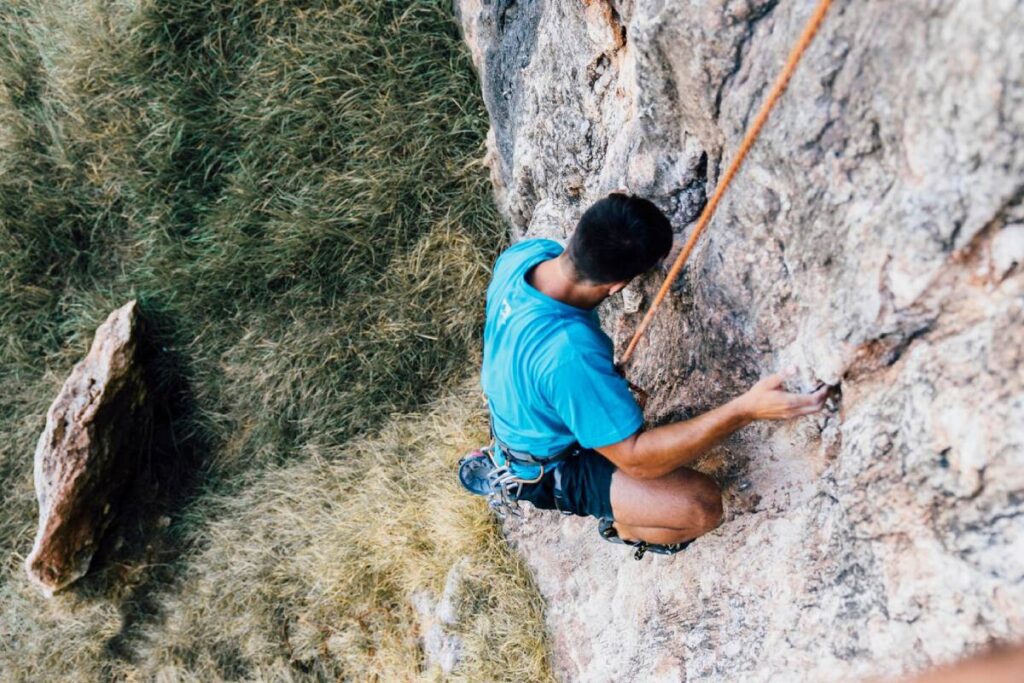
Responsible Rock Climbing: Minimising Environmental Impact
Rock climbing is a sport of strength, balance, and focus. It brings you close to nature — literally and emotionally. From mountain crags to boulders in remote valleys, every route is a journey through the wild.
But climbing also leaves a mark.
Bolts drilled into rock, chalk left behind, and paths worn into soft ground all change the environment. While the damage might seem small, repeated impact over time can harm wildlife, damage fragile landscapes, and disrupt ecosystems.
This is why sustainable climbing matters. Every climber has a role in preserving the places that make the sport so special.
This guide offers simple, practical steps for eco-friendly adventure sports, helping you enjoy climbs while protecting the places you love.
Why Climbing Needs a Sustainability Mindset
Climbing often takes place in remote or sensitive areas. These landscapes support rare plants, nesting birds, and unique geological formations.
Without care, climbing can lead to:
- Soil erosion and damaged vegetation
- Disturbed animal habitats
- Overcrowded routes
- Visual damage to rock faces
- Trash left behind at crags or campsites
The good news is, small actions make a big difference. By adopting responsible outdoor activities, you help ensure climbing areas remain open and healthy.
Planning Ahead: Make Informed Choices
1. Choose Sustainable Climbing Locations
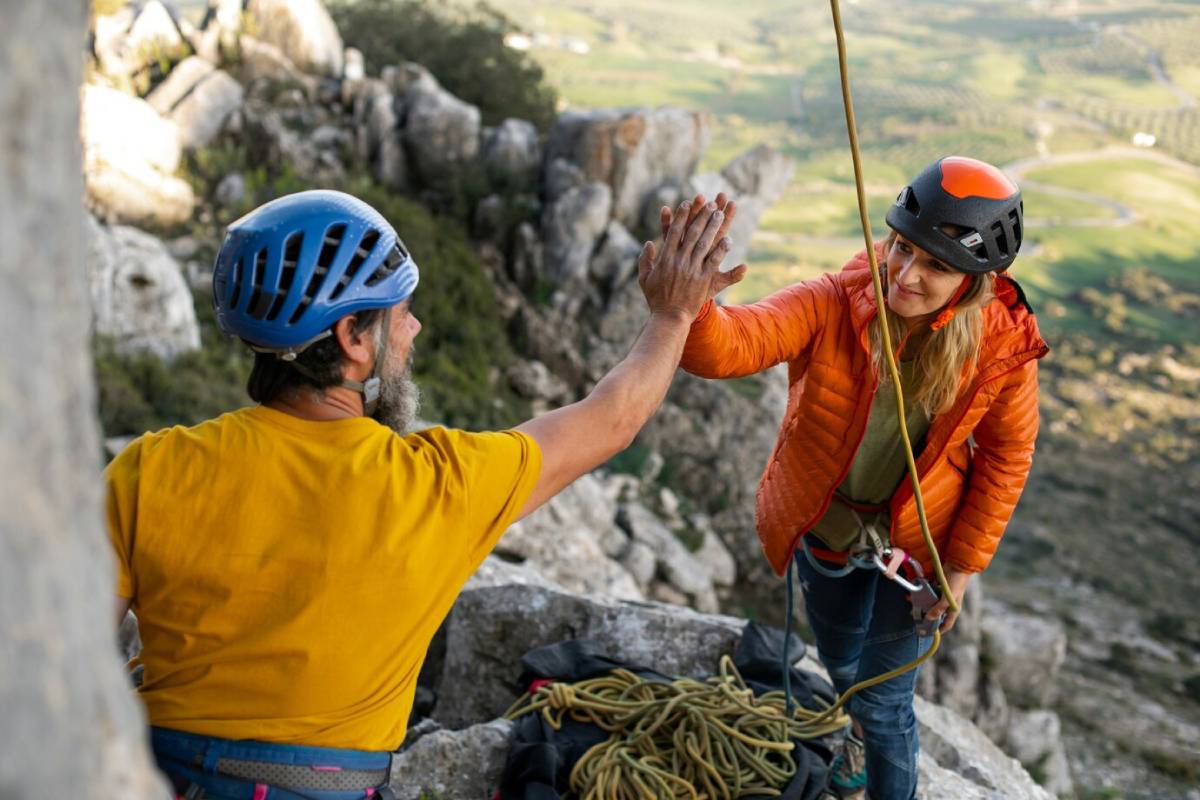
Not all climbing areas are managed equally. Some are heavily impacted, while others have strict protection rules.
Before heading out:
- Check local regulations and access information
- Use guidebooks or trusted apps to find approved climbing zones
- Avoid closed areas or wildlife sanctuaries
- Respect seasonal restrictions for nesting or fire risk
Follow local climbing ethics. These differ by region and show the needs of both the environment and the climbing community.
2. Travel Wisely
Getting to the crag can be one of the most polluting parts of your day.
Low-impact transport tips:
- Carpool with other climbers
- Use public transport if available
- Cycle or walk when distances allow
- Plan routes to minimise driving between locations
Reducing travel emissions supports both nature and your budget.
Climbing Clean: Gear and Technique
3. Use Eco-Friendly Gear
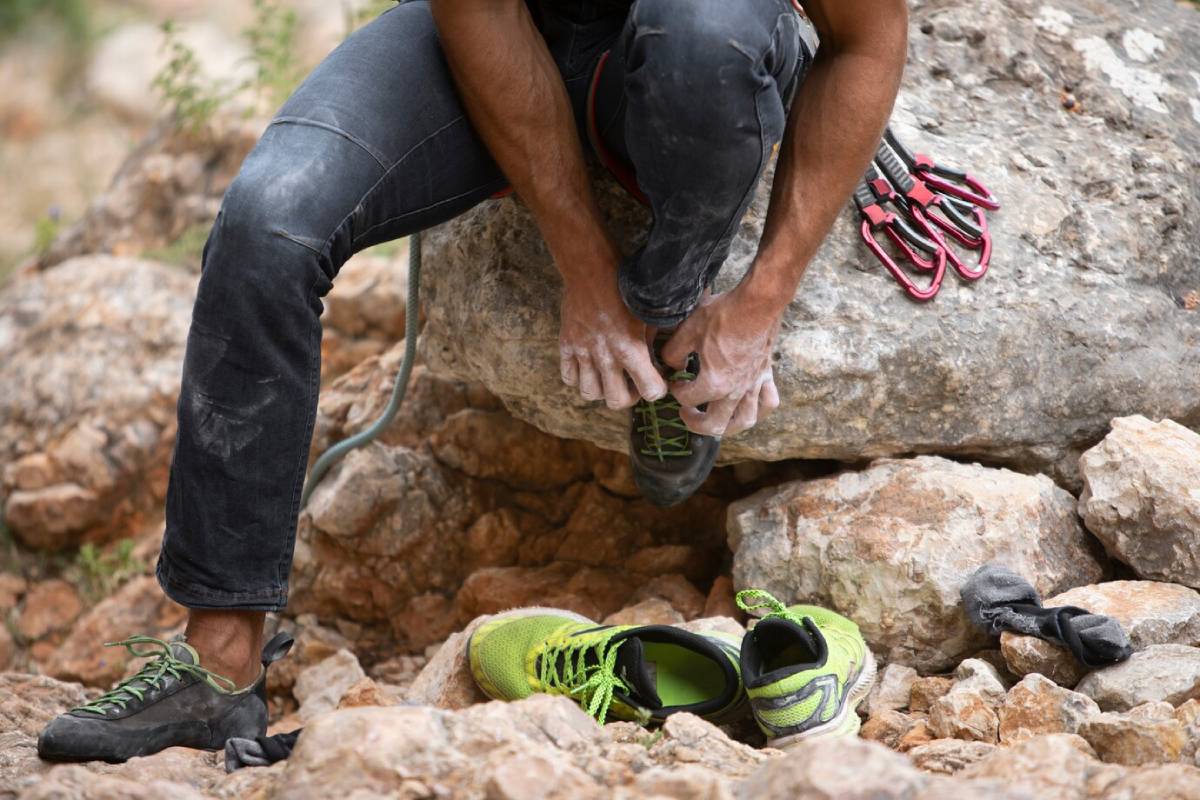
Your gear can support sustainability too. Look for items made with recycled or durable materials.
Smart gear choices include:
- Chalk alternatives with less environmental residue
- Reusable gear like quickdraws and anchors
- Eco-certified climbing shoes or gear bags
- Brushes made from natural fibres to clean holds
- Clothing from brands with ethical labour and green policies
Avoid single-use items or gear that damages rock surfaces.
4. Leave No Trace on the Rock
Climbing should leave the route as untouched as possible. That includes reducing visual and physical damage.
Practise clean climbing by:
- Using removable protection instead of bolts when possible
- Avoiding excessive chalk use
- Brushing off tick marks after your session
- Never carving names or symbols into rock faces
- Packing out all tape, wrappers, or waste
Your route should look the same after your climb as it did before.
Caring for the Land Around the Climb
5. Stick to Established Trails
Climbers often create “social trails” — shortcuts or unofficial paths — to reach routes. These damage vegetation and increase erosion.
Stay responsible by:
- Following marked or existing trails
- Avoiding trampling plant life near boulders or bases
- Using rock or gravel paths when available
- Steering clear of muddy areas that degrade quickly
Even small detours can lead to long-term damage.
6. Camp With Respect
Many climbing trips include overnight stays. Camp responsibly to minimise your impact.
Camping guidelines:
- Use designated campsites when possible
- Set up camp at least 60 metres from water sources
- Don’t dig fire pits or collect wood in fragile areas
- Leave no trace — pack out all waste
- Follow local fire safety rules
Responsible camping keeps nature healthy and access open.
Respect Wildlife and Local Communities
7. Protect Animals and Plants
Climbing spots often lie within habitats for birds, reptiles, insects, and rare plants. You share these places with other life.
Be mindful of nature by:
- Avoiding routes near active nests or breeding grounds
- Not feeding or approaching wildlife
- Staying quiet to reduce stress on animals
- Not picking flowers or disturbing vegetation
- Reporting rare species sightings to conservation bodies
Wildlife doesn’t need your attention. It needs your respect.
8. Support the Local Economy
Sustainable adventure travel also supports people.
You can:
- Buy from local shops and cafes
- Hire local guides
- Stay in eco-lodges or community-run campsites
- Take part in trail maintenance days or clean-up events
Being a good guest helps communities welcome climbers with pride.
Be Part of the Climbing Community
9. Follow Local Ethics and Codes
Each climbing area has its own history, style, and expectations. These informal codes shape how routes are maintained and used.
Learn and follow:
- Bolting ethics (some areas ban new bolts)
- Accepted route cleaning methods
- Access agreements with landowners
- Traditions around naming routes or first ascents
Respect the culture of the climbing community as well as the environment.
10. Lead by Example
If you’re an experienced climber, others look to you for guidance. Use that influence well.
Set the tone by:
- Helping new climbers understand leave-no-trace rules
- Encouraging safe and respectful behaviour
- Joining or supporting local climbing groups
- Reporting hazards or illegal activities if needed
Small acts of leadership protect both people and places.
Real-World Examples of Sustainable Climbing in Action
Fontainebleau, France
This well-known bouldering spot urges climbers to use mats, brush off chalk, and stay on trails. Volunteers often organise clean-up events and reforestation projects to protect the forest.
Red River Gorge, USA
Climbers team up with local land trusts. They manage access, keep trails in good shape, and reduce environmental harm. Funds from climbing passes go directly to conservation.
Kalymnos, Greece
Climbing tourism has helped revive the island’s economy. Local operators support sustainable travel. They use solar power, cut down on plastic, and promote off-season visits. This helps limit crowding.
These examples show that sustainable climbing supports both land and life.
Mistakes to Avoid
Even experienced climbers make missteps.
Avoid these common problems:
- Leaving litter or microtrash at the base
- Brushing rock too aggressively
- Ignoring seasonal closures
- Using loud music or shouting
- Letting pets roam freely in sensitive areas
- Moving rocks or vegetation for a better foothold
If you see damage, help fix it or report it to local groups.
Every Climb Leaves a Legacy
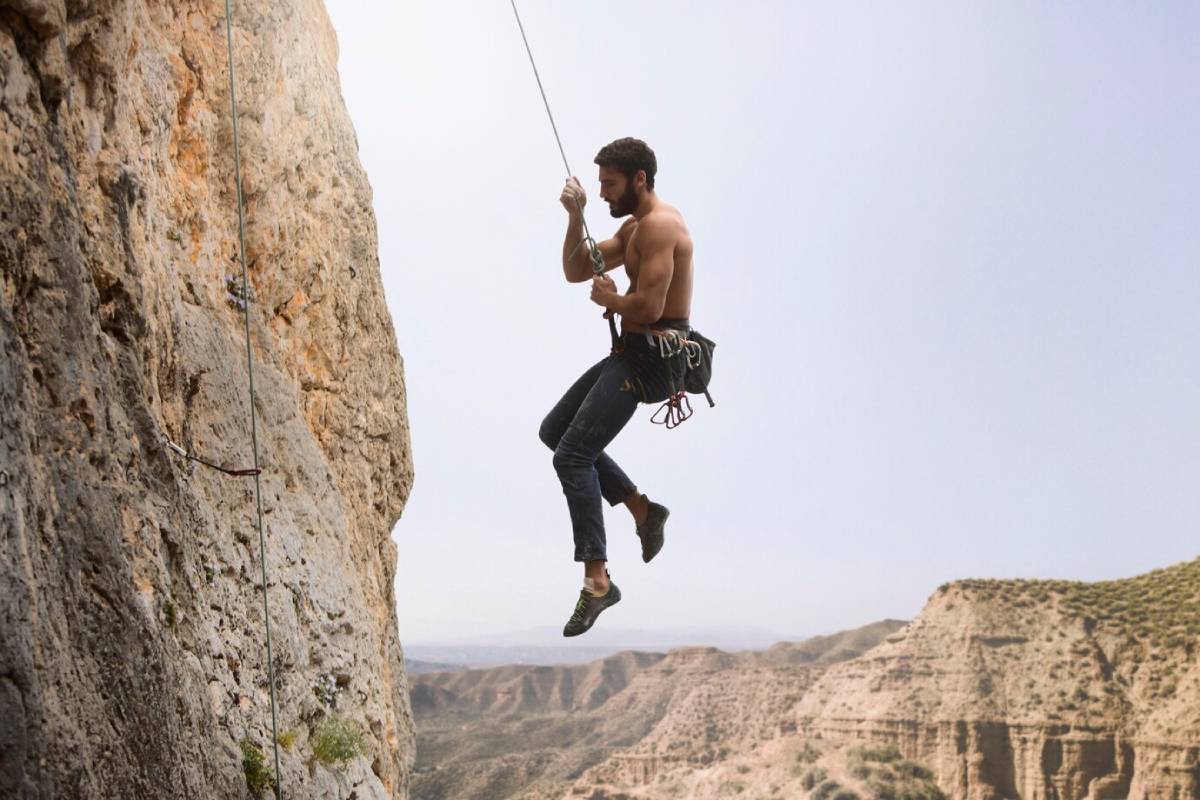
Climbing offers freedom, challenge, and connection with nature. But these wild places are fragile.
Responsible climbing means more than clean gear or good technique. It’s about how you treat the land, the wildlife, and the people who share it.
Each route you take, each trail you follow, each piece of rubbish you pick up — it all adds up. You’re not just climbing rocks. You’re shaping the future of outdoor spaces.




